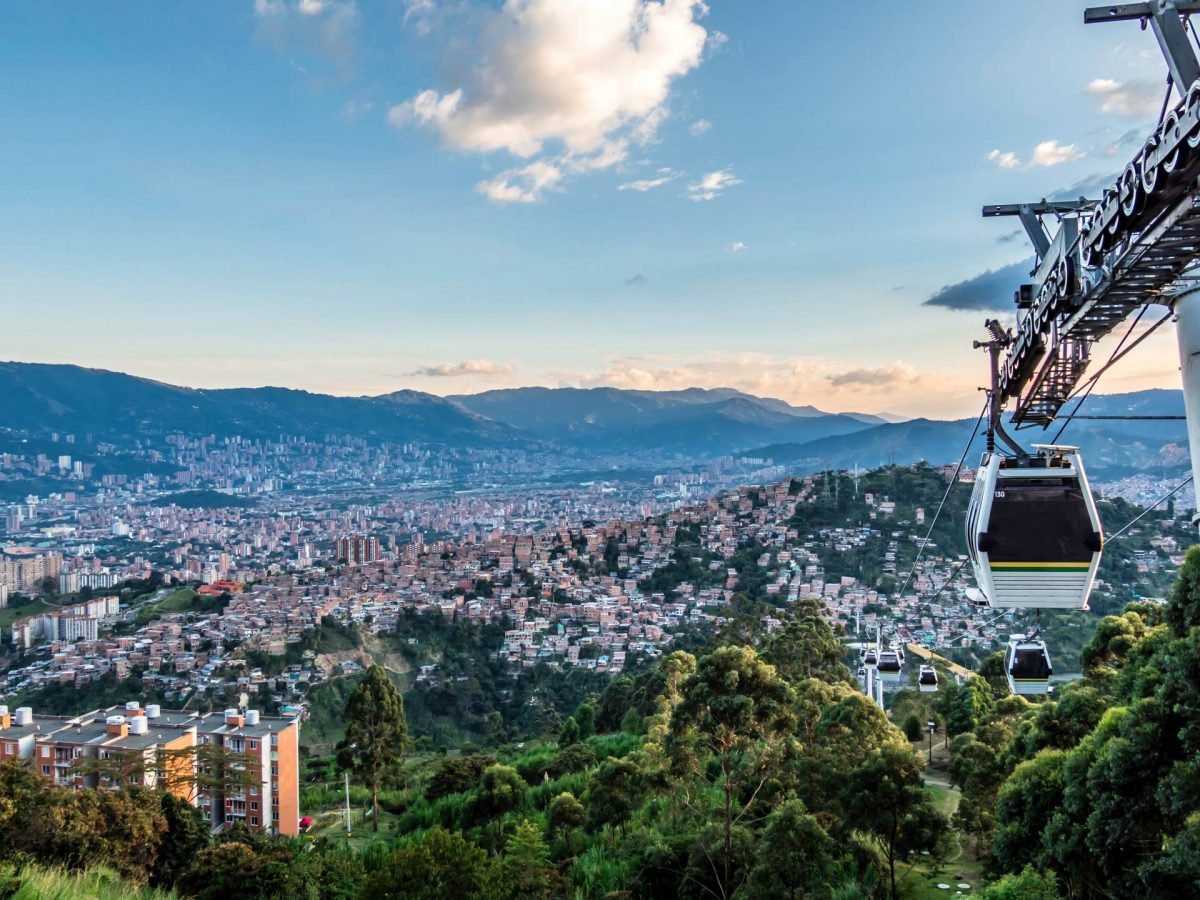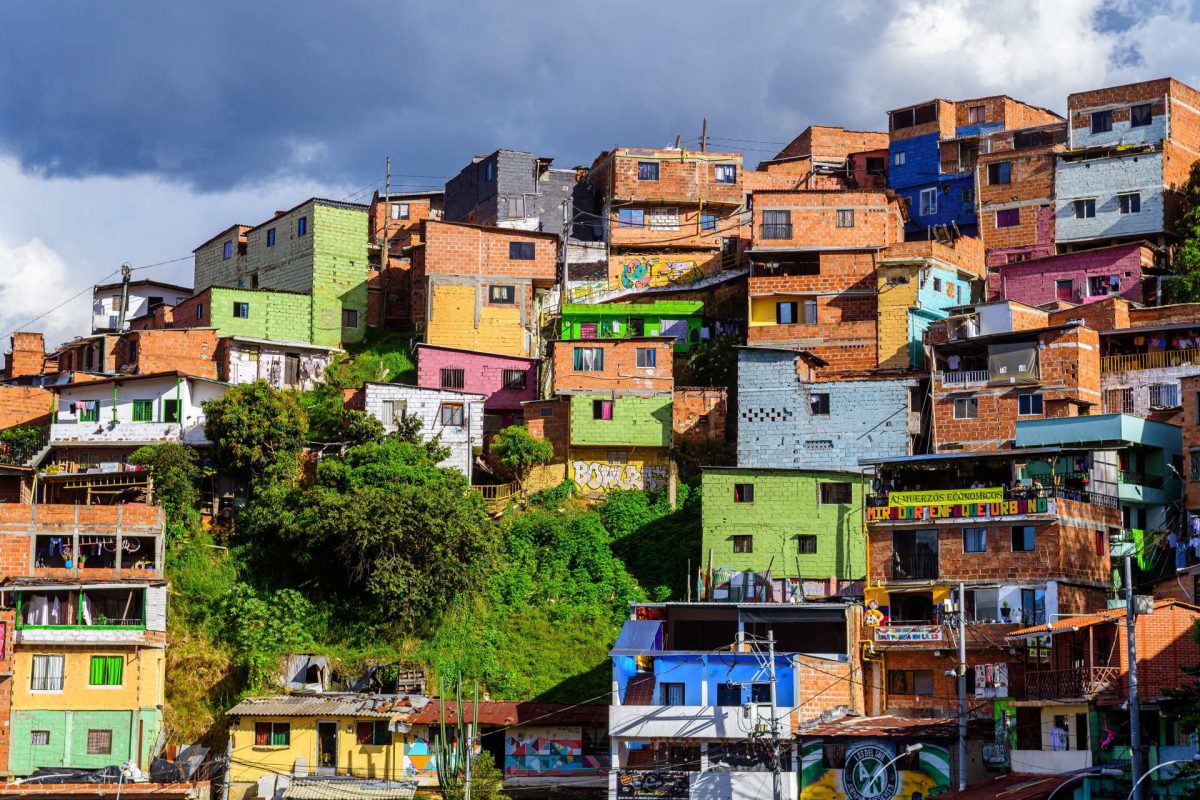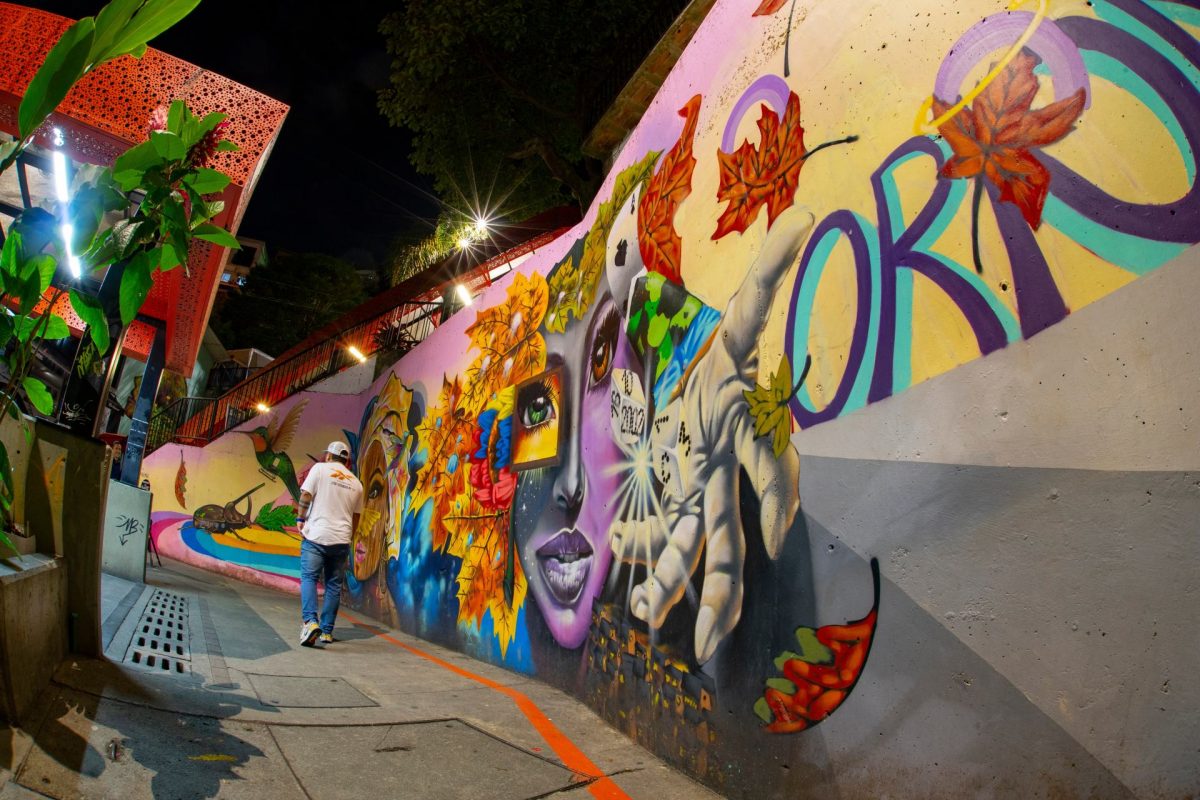In recent years, Colombia, with Medellín at the forefront, has quickly become a favorite among travelers.
Undoubtedly, the Netflix series on drug trafficking has spiked interest in this city, but there are other reasons as well. The ideal climate (eternal spring due to its altitude of 1,500 m above sea level); a blend of big-city amenities with a relaxed, almost resort-like pace of life; unique museums; vibrant tropical nature; ubiquitous salsa and rumba; and the hospitality of its people all set Antioquia’s capital apart from many other cities in Colombia and Latin America.

Art and history
Begin your city tour at the Museum of Antioquia, established in 1881. This is the oldest art collection in the department and ranks second oldest in the nation. The collection features a variety of pre-Columbian and colonial-era artifacts donated by the esteemed Colombian politician and scholar Manuel Uribe Ángel, alongside paintings and murals by Medellín’s most celebrated artist, Fernando Botero. The museum is centrally located in Botero Plaza Park, home to 23 bronze sculptures by Botero that humorously depict plump humans and animals.
The City Museum on Nutibara Hill narrates the modern history and development of Medellín. Adjacent to it lies Pueblito Paisa — a picturesque quarter built in the style of old Antioquia villages, complete with artisan shops, traditional eateries, and superb city views.
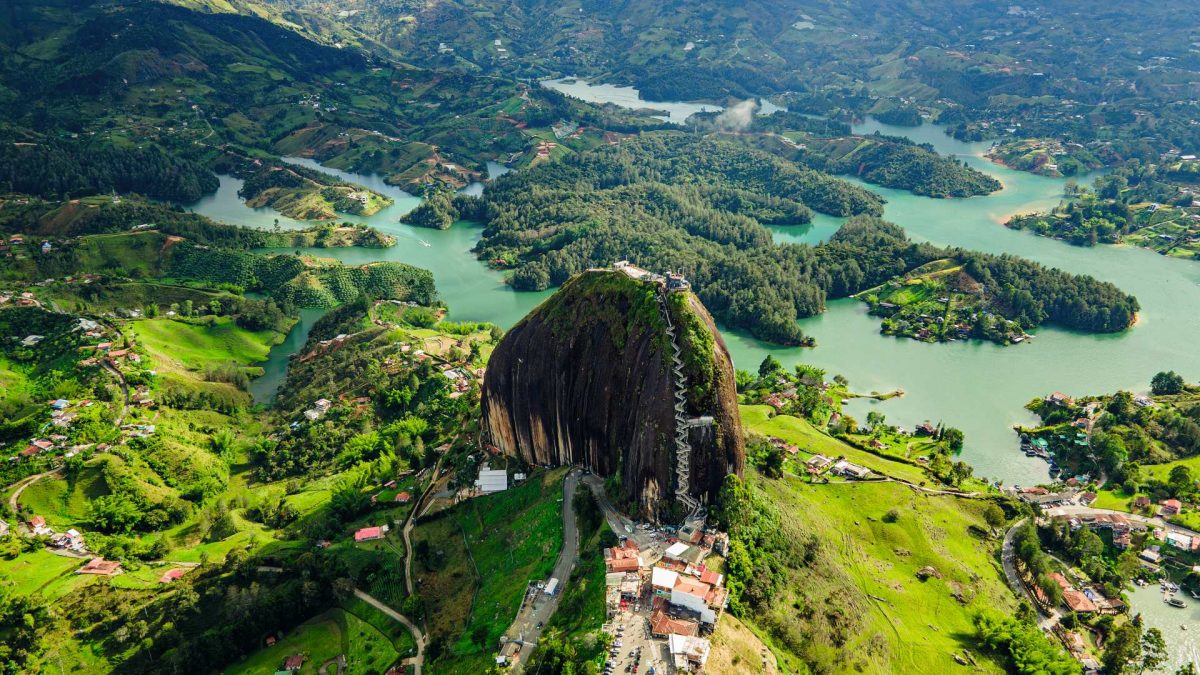
El Castillo Museum of Decorative Arts is housed in a neo-Gothic castle and showcases a collection of paintings and decorative arts. Adjacent are scenic gardens featuring terraces and restaurants.
Most of the artworks at the Medellín Museum of Modern Art are by Colombian and Latin American artists. Noteworthy is the Débora Arango exhibit, whose often provocative paintings, watercolors, and ceramics frequently tackle pressing social issues.
Medellín’s most unique art museum is outdoors — Comuna 13 or San Javier. In the 1980s, this neighborhood was considered the most marginalized and criminal in the city, under the control of Pablo Escobar. By the mid-2000s, the area underwent a dramatic transformation thanks to new social initiatives and a cable car linking it to downtown. Today, Comuna 13 is a vibrant art hub featuring colorful murals, graffiti, and installations that draw numerous visitors. Rumors suggest that the same narcos who recognized the tourist potential of the commune imposed strict penalties to prevent locals from robbing tourists, thus maintaining order. It is now one of the safest spots in the city.
Medellín also hosts a Pablo Escobar Museum. Located in what was once the drug lord’s “treasury,” where Escobar stored his wealth — reportedly owning up to 20% of all dollar bills globally during his peak. The museum displays Pablo’s personal items, family photographs, cars, and a uniquely painted motorcycle designed for quick escapes — one-half red and one-half black.
Nature
Enjoy Medellín’s tropical nature by visiting Arví Ecotourism Park, accessible via cable car from downtown. This expansive biosphere reserve spans four municipalities in Antioquia — Medellín, Bello, Guarne, and Copacabana — and is nestled in the mountains. Virgin forests dominate the landscape of the reserve. There are specially designed trails for hiking and biking that total 54 km in length. Near Medellín, there’s a small archaeological site from the pre-Columbian era. This site is believed to have contained earthquake-resistant structures made using the Bahareque technique by indigenous tribes. At the cable car’s upper station, visitors can purchase food and handicrafts from local villagers, including coca leaves.
Another stunning natural attraction in Medellín is the Joaquín Antonio Uribe Botanical Garden, named after a prominent Colombian writer and naturalist. Spread over more than 13 ha, it features diverse zones including a rainforest, palm garden, lagoon, desert flora area, orchid garden, medicinal garden, azalea patio, vertical South American garden, and a butterfly pavilion. For leisurely walks, visit Barefoot Park.
Music
Medellín is renowned as the country’s music capital. It hosts various festivals throughout the year — tango in June, classical music in August, jazz in September, flamenco in October, and salsa in November. The city boasts numerous restaurants offering live music where performances often reach academic levels across diverse genres — from retro boleros and rancheros to contemporary rumba and jazz. Dancing is ubiquitous in these venues, often involving not just visitors but also the waitstaff.
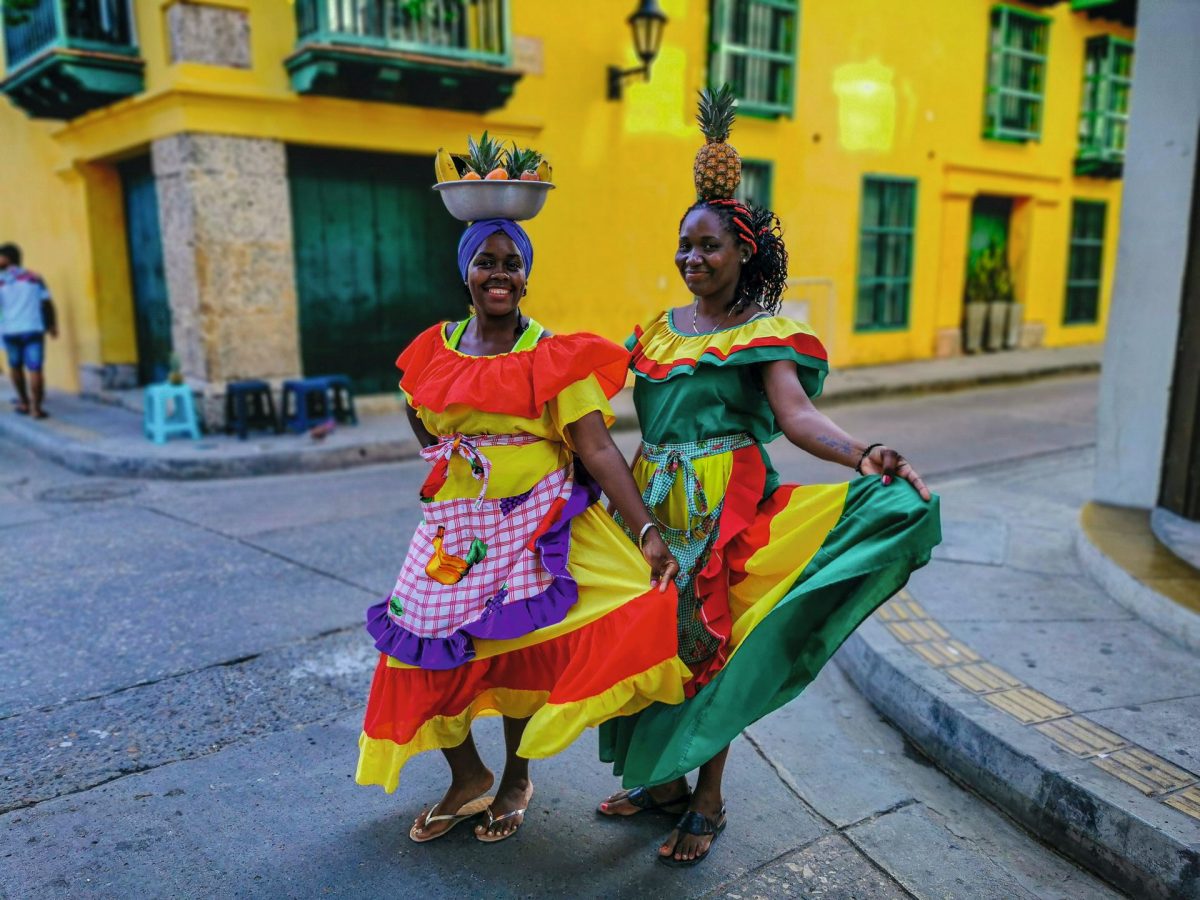
A unique Medellín experience is dancing on a traditional Colombian bus without doors that cruises through the city at night to rumba rhythms. You can hop on at nearly any traffic light to join the mobile dance party. What a celebration indeed!
Photo: shutterstock.com
